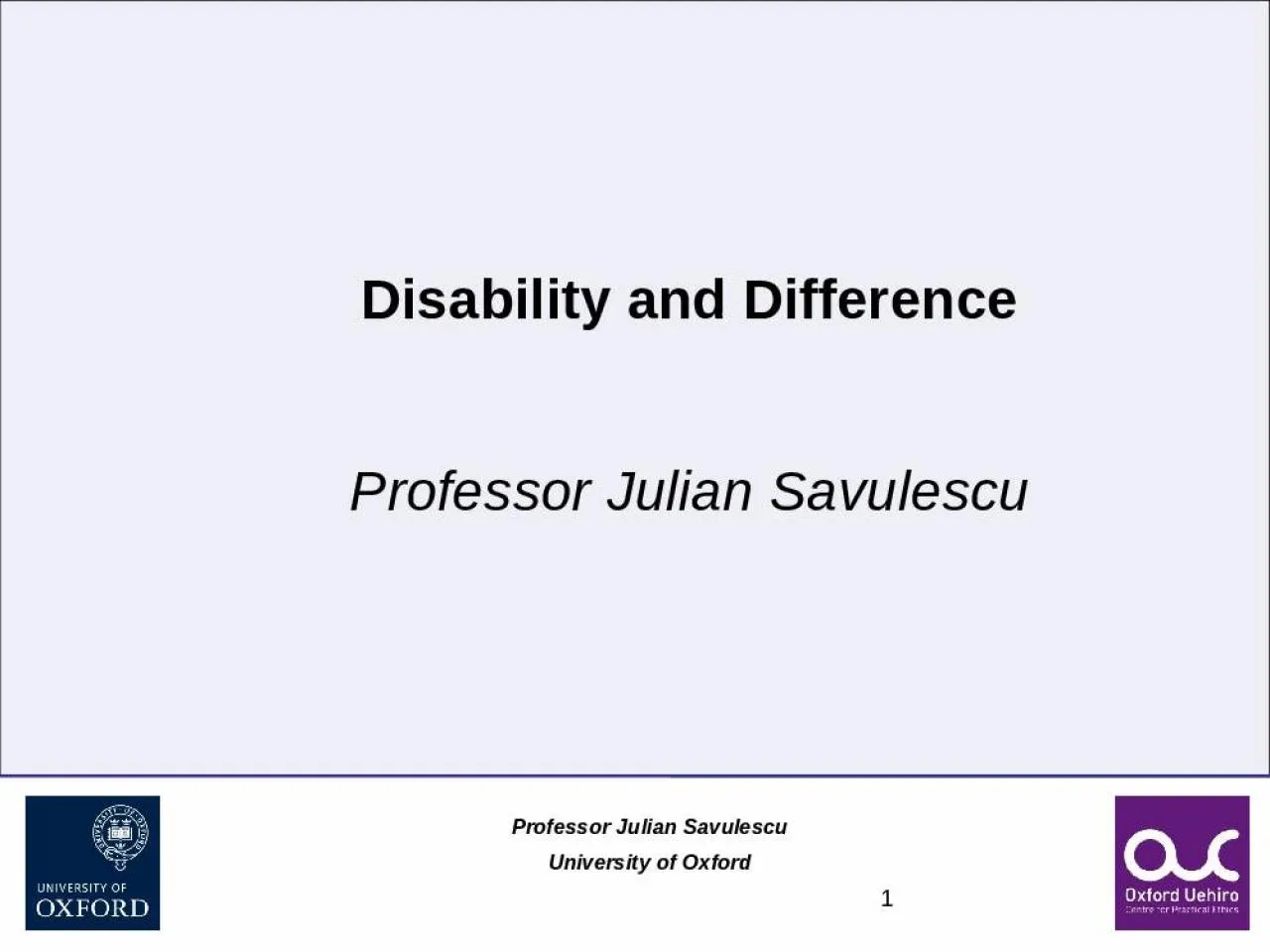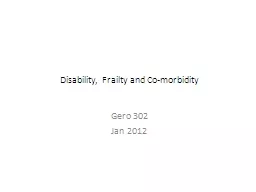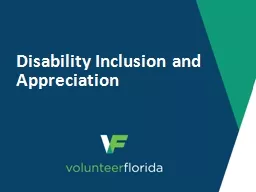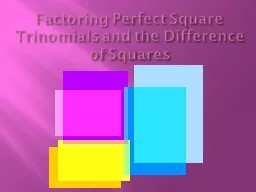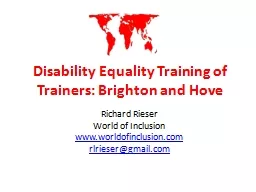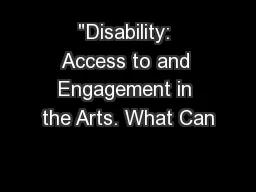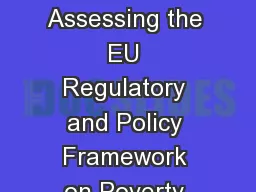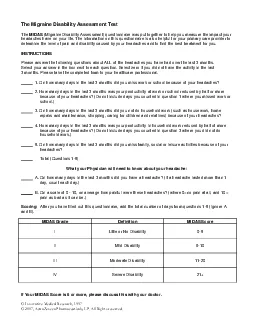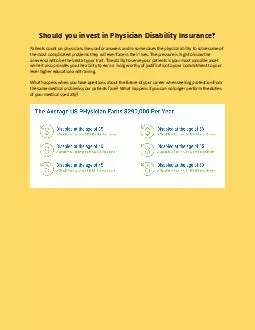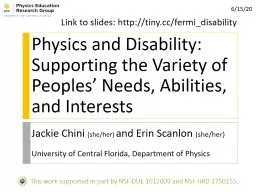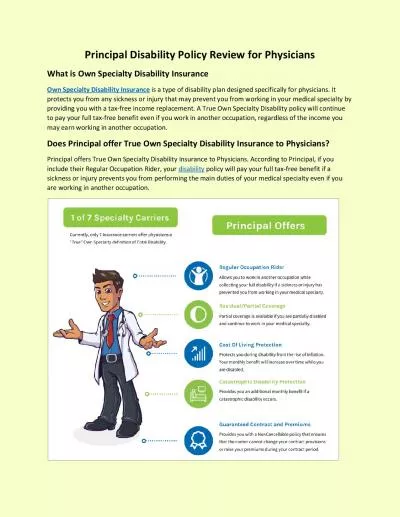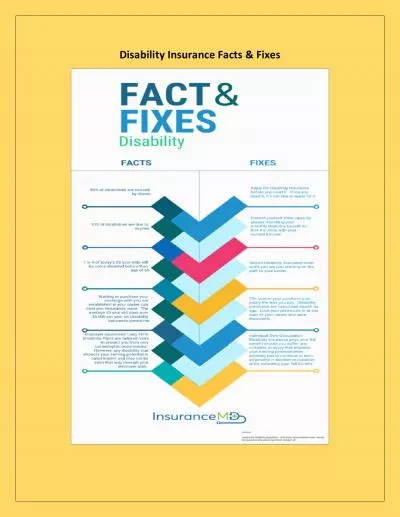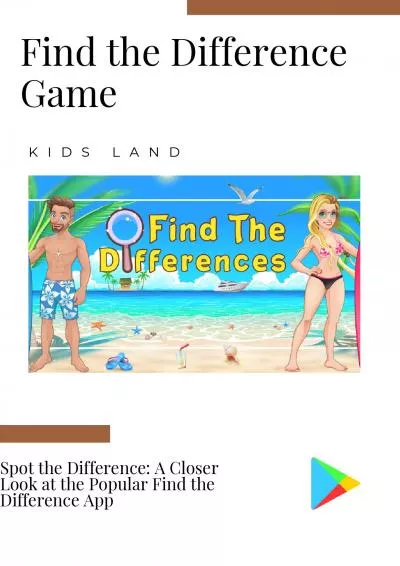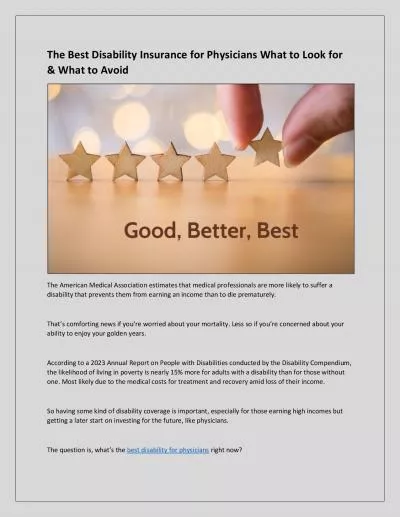PPT-1 Disability and Difference
Author : deena | Published Date : 2022-02-12
Professor Julian Savulescu Case 1 The Famous Deaf Lesbians In 2001 Sharon Duchesneau and Candy McCullough a deaf lesbian couple had their second child Gauvin
Presentation Embed Code
Download Presentation
Download Presentation The PPT/PDF document "1 Disability and Difference" is the property of its rightful owner. Permission is granted to download and print the materials on this website for personal, non-commercial use only, and to display it on your personal computer provided you do not modify the materials and that you retain all copyright notices contained in the materials. By downloading content from our website, you accept the terms of this agreement.
1 Disability and Difference: Transcript
Download Rules Of Document
"1 Disability and Difference"The content belongs to its owner. You may download and print it for personal use, without modification, and keep all copyright notices. By downloading, you agree to these terms.
Related Documents

